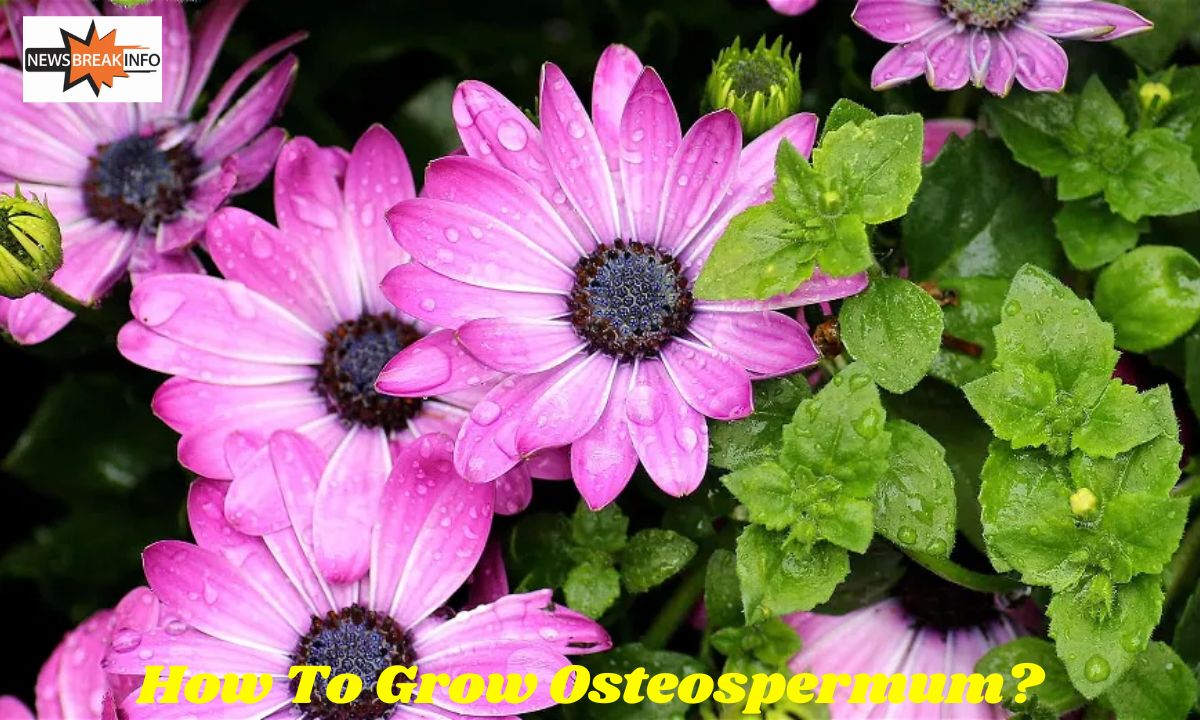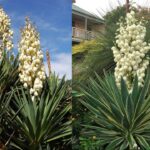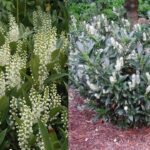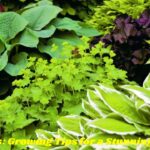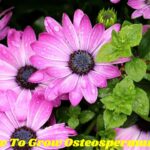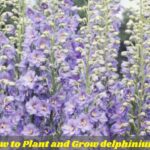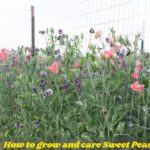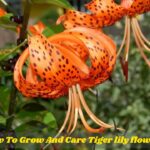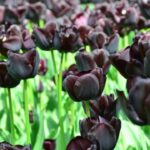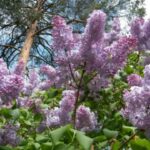Osteospermum, also known as African daisies, thrives in sunny spots. Plant them in well-drained soil and water regularly. Prune faded blooms to encourage more flowers. Fertilize monthly for vibrant growth and stunning blooms.
Overview of African Daisies
Osteospermum, commonly known as African daisies, are vibrant flowering plants that bring a burst of color to gardens. Known for their daisy-like blooms, they feature a wide array of colors, from white and yellow to purple and blue.
These flowers thrive in various climates and are easy to grow, making them popular among gardening enthusiasts.
Why Osteospermum Is Popular in Gardens?
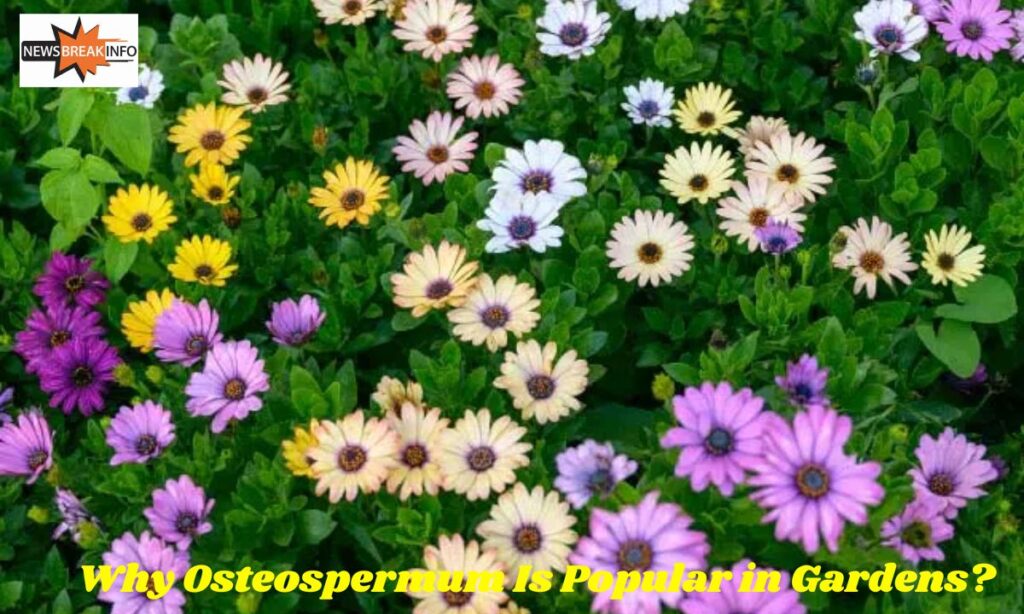
African daisies are favored for their:
- Striking colors and patterns.
- Drought tolerance, making them ideal for sunny gardens.
- Ability to bloom throughout the growing season with minimal maintenance.
- Attraction to pollinators like bees and butterflies.
Types of Osteospermum Varieties
Osteospermum varieties vary in color, size, and growing requirements. Some popular varieties include:
- Osteospermum ‘Whirligig’: Features unique spoon-shaped petals.
- Osteospermum ‘Serenity’: Known for its bright, bold colors.
- Osteospermum ‘Voltage Yellow’: A compact variety with striking yellow flowers.
- Osteospermum ‘Purple Sun’: Displays a stunning gradient of purple and orange.
Where Osteospermum Fits in Your Garden
African daisies can be:
- Planted in borders to create vibrant edges.
- Used in containers or hanging baskets for patio displays.
- Combined with other sun-loving plants in rock gardens.
- Incorporated into pollinator-friendly gardens.
How to Start Osteospermum from Seed?
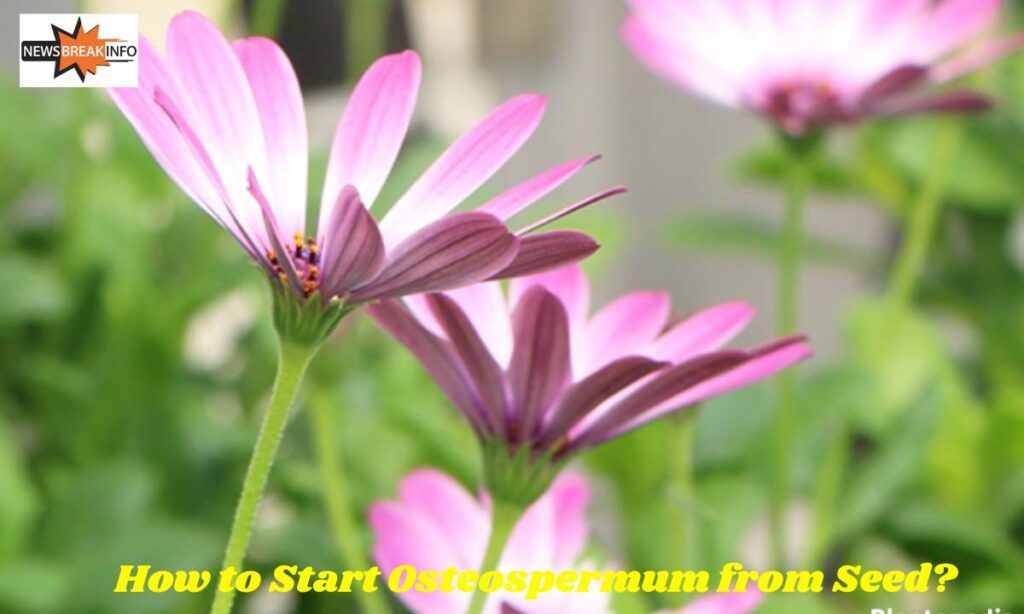
To start osteospermum from seed, sow seeds in seed trays filled with light potting mix. Keep the soil moist and place the tray in a warm, sunny spot.
Once the seedlings develop a few leaves, transplant them into individual pots. Gradually harden them off before planting outdoors after the last frost.
Purchasing Quality Seeds
To ensure successful growth, purchase high-quality seeds from reputable suppliers. Look for:
- Fresh, viable seeds with a high germination rate.
- Varieties suitable for your climate and garden conditions.
Planting Seeds in Tall Pots
- Use tall pots to provide ample space for root development.
- Fill pots with a light, well-draining seed-starting mix.
- Sow seeds about 1/4 inch deep and cover lightly with soil.
Maintaining Moisture During Germination
- Keep the soil evenly moist but not soggy.
- Use a spray bottle to avoid overwatering.
- Cover pots with a clear plastic dome to retain moisture.
Providing Warmth to Boost Germination
Osteospermum seeds require warm temperatures (around 70-75°F) to germinate. Place pots in a warm location or use a heat mat for consistent warmth.
Growing Osteospermum Seedlings
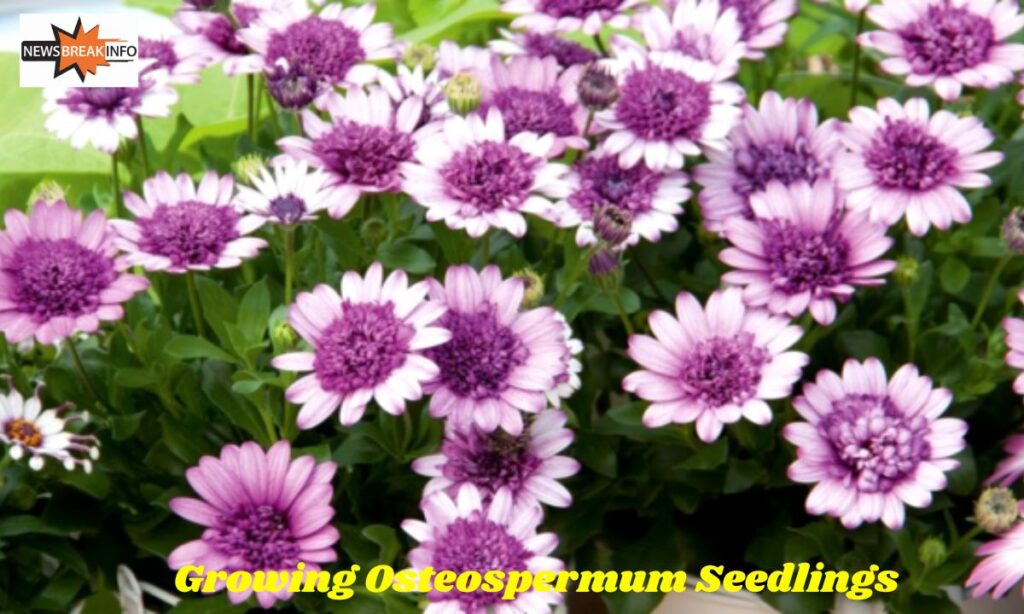
Growing osteospermum seedlings requires consistent care. Place them in bright light and keep the soil slightly moist.
As the seedlings grow, transplant them into larger pots. Feed them with a balanced fertilizer for healthy development.
Moving Seedlings to Bright, Cool Conditions
Once seeds germinate, move seedlings to a location with bright light and cooler temperatures (around 60-65°F). This prevents leggy growth.
Growing in a Cool Greenhouse or Hoop House
- Use a cool greenhouse or hoop house to protect seedlings from frost.
- Ensure good ventilation to prevent diseases.
Growing Outdoors in Sheltered Areas
- Gradually harden off seedlings by exposing them to outdoor conditions for a few hours daily.
- Choose sheltered spots with minimal wind.
Using Artificial Lighting for Growth
- If natural light is insufficient, use grow lights to provide 12-16 hours of light daily.
- Position lights about 6 inches above the seedlings.
Also See This: How to Plant and Grow delphinium: 2024 Guide
Planting Out African Daisy Seedlings
Plant African daisy seedlings outdoors after the last frost. Choose a sunny spot with well-drained soil for best growth.
Space the seedlings about 12 inches apart to allow room to spread. Water thoroughly after planting to help them settle in.
Preparing the Soil with Organic Fertilizer
- Work organic compost or slow-release fertilizer into the soil before planting.
- Ensure the soil is well-draining to prevent root rot.
Planting Seedlings Slightly Deeper Than the Pot
- Dig holes slightly deeper than the seedling pots.
- Carefully remove seedlings and plant them, ensuring the root ball is well-covered.
Watering the Seedlings After Transplanting
- Water thoroughly after planting to help roots establish.
- Avoid overwatering; allow the soil to dry slightly between waterings.
Mulching Around the Plants
- Apply a layer of organic mulch around plants to retain moisture and suppress weeds.
- Keep mulch about 1-2 inches away from the plant stems.
Feeding Regularly
- Feed plants with a balanced liquid fertilizer every 2-3 weeks during the growing season.
Watering for Healthy Growth and Blooms
- Water deeply once or twice a week, depending on weather conditions.
- Avoid wetting the foliage to prevent fungal diseases.
Providing Support for Taller Plants
- Use stakes or small cages to support taller varieties and prevent them from falling over.
Controlling Weeds and Pests
- Remove weeds regularly to reduce competition for nutrients.
- Watch for pests like aphids and treat infestations with insecticidal soap or neem oil.
Harvesting Osteospermum Flowers
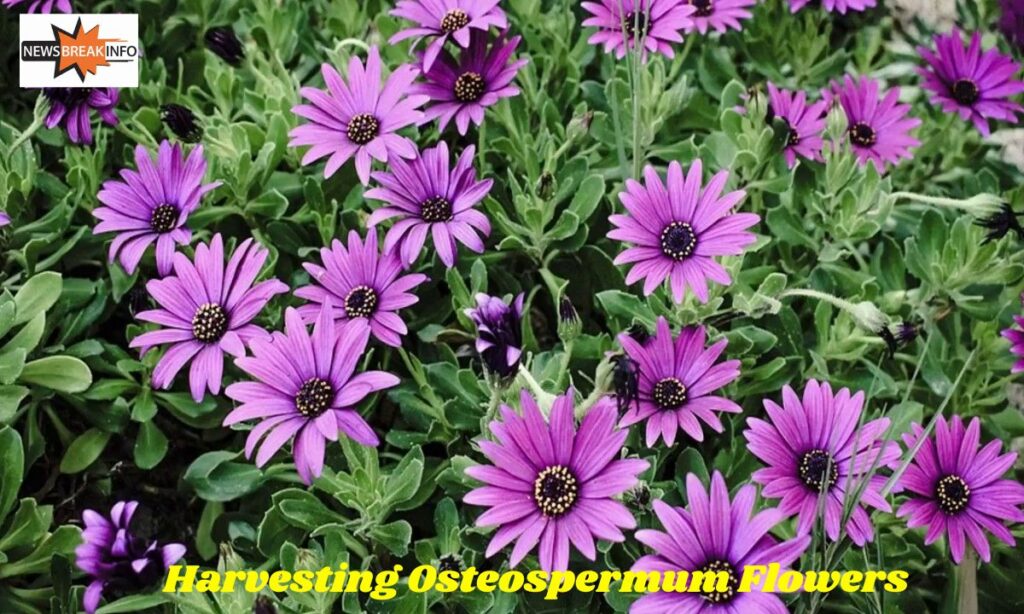
Harvest osteospermum flowers when they are fully open for the best color and freshness. Use clean scissors to cut the stems early in the morning.
Place the cut flowers in water immediately to keep them fresh. Regular harvesting also encourages more blooms on the plant.
When to Harvest?
Harvest Osteospermum flowers when they are fully open for the best appearance and vase life.
How to Harvest?
- Use sharp scissors or pruning shears to cut stems.
- Make clean cuts just above a leaf node.
Conditioning Osteospermum for Arrangements
- Place freshly cut flowers in a bucket of lukewarm water.
- Allow them to hydrate for a few hours before arranging.
Using in Floral Displays
Osteospermum flowers add vibrancy and texture to floral arrangements. Combine them with greenery and other blooms for stunning displays.
Ideal Growing Conditions for African Daisies
African daisies thrive in full sun and well-drained soil. They prefer warm temperatures and low humidity for healthy growth.
Avoid overwatering, as they are drought-tolerant plants. Adding compost to the soil can enhance blooming and overall vigor.
Full Sun and Well-Draining Soil
Osteospermum thrives in:
- Full sun for 6-8 hours daily.
- Well-draining soil with a pH of 6.0-7.0.
Managing Heat and Drought
- These flowers are heat-tolerant but benefit from occasional watering during prolonged drought.
- Mulching helps retain soil moisture.
Growing Osteospermum in Cooler Climates
- In cooler climates, grow Osteospermum in containers for easy relocation during cold snaps.
What to Do in Less-Than-Ideal Conditions
- Improve heavy soil with organic matter to enhance drainage.
- Provide light afternoon shade in extremely hot climates.
Osteospermum Characteristics
Osteospermum, or African daisies, are known for their vibrant, daisy-like flowers. They come in various colors, including white, purple, and pink.
These plants have a bushy growth habit and can reach up to 18 inches in height. Their dark green leaves provide a nice contrast to the bright flowers.
Appearance of Osteospermum Plants
- Compact growth habit with daisy-like blooms.
- Leaves are typically green and slightly toothed.
Blooming Period
- Osteospermum blooms from spring to fall, providing continuous color.
Osteospermum’s Heat Tolerance
- The plants can tolerate high temperatures but may enter dormancy during extreme heat.
Attracting Pollinators
- The bright blooms attract bees, butterflies, and other pollinators, enhancing garden biodiversity.
African Daisies Companion Plants
African daisies pair well with other sun-loving plants like lavender and petunias. These companions have similar care needs and complement the daisies’ vibrant blooms.
Also, consider planting them alongside marigolds or geraniums. Their contrasting colors and growth habits create a beautiful garden display.
Best Companion Plants for Osteospermum
- Pair with lavender, salvia, or verbena for a harmonious display.
Companion Plants for a Pollinator Garden
- Combine with zinnias and cosmos to create a haven for pollinators.
Companion Plants for Containers
- Pair with trailing plants like petunias or sweet potato vines in containers.
Avoiding Incompatible Plants
- Avoid planting near moisture-loving plants, as Osteospermum prefers well-drained conditions.
Conclusion
Osteospermum, or African daisies, are a vibrant addition to any garden. Their striking blooms, easy maintenance, and ability to attract pollinators make them a gardener’s favorite. By following this guide, you can successfully grow and enjoy these beautiful flowers in your garden.
Whether starting from seeds, caring for seedlings, or planting mature plants, providing the right conditions will ensure healthy growth and abundant blooms. With a bit of care and attention, Osteospermum will brighten your garden for many seasons.
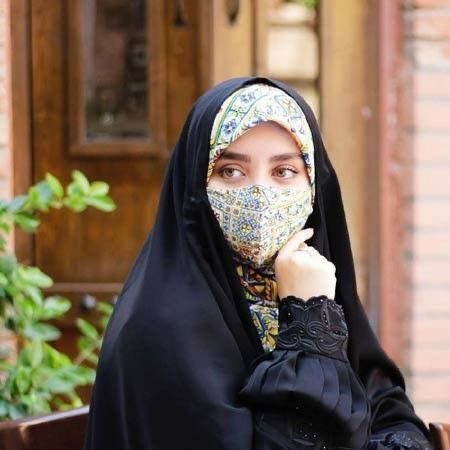
FAtima is a talented content writer and digital marketer with expertise in SEO, social media management, and online marketing.
